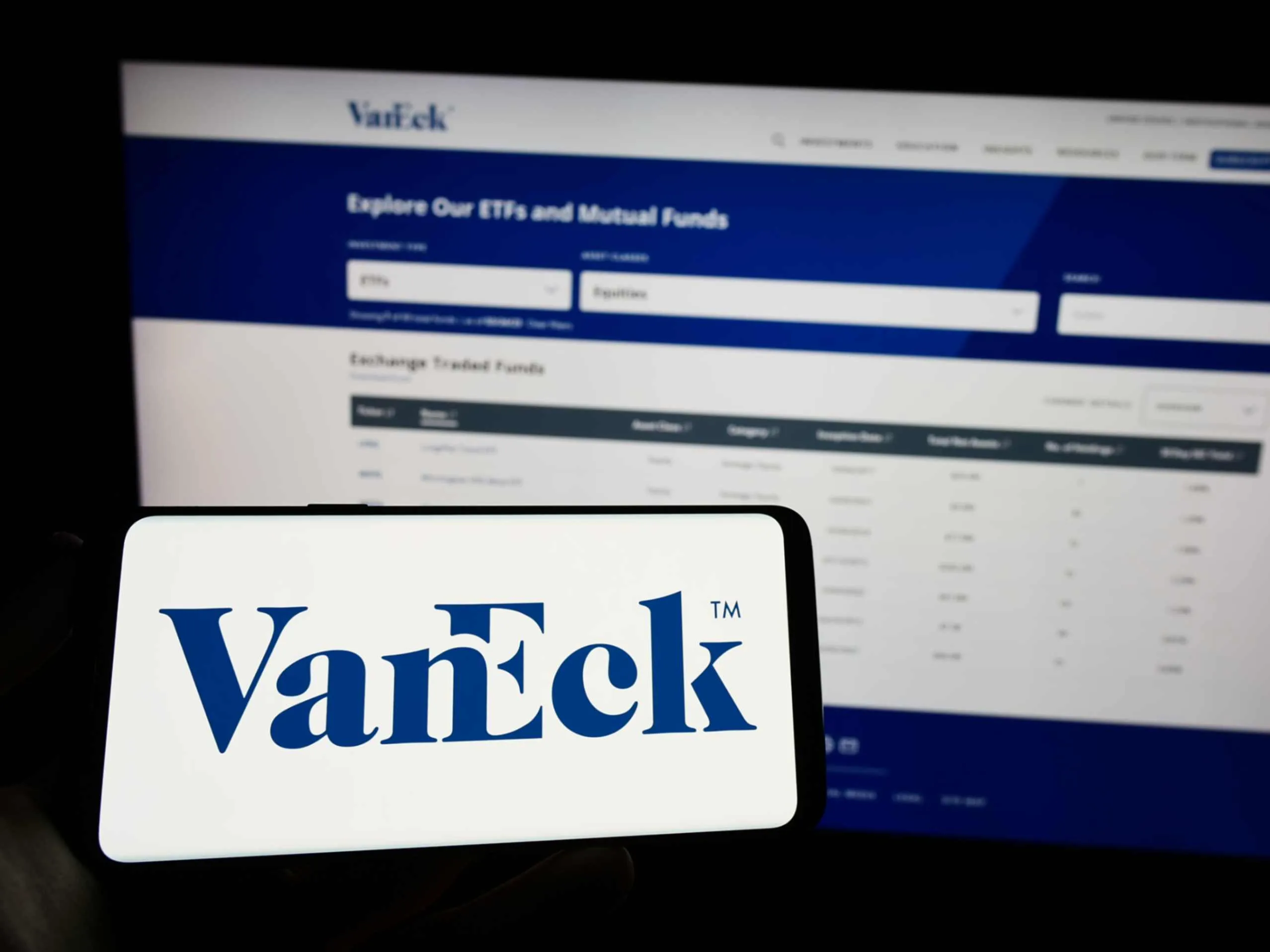VanEck Predicts Bitcoin to Soar to $3 Million as a Global Reserve Asset

VanEck's Bold Bitcoin Forecast
Investment manager VanEck, one of the bullish institutional investors in Bitcoin (BTC), believes the maiden cryptocurrency is on track to surpass the $1 million valuation in the coming years. Specifically, the firm’s Head of Digital Assets Research, Matthew Sigel, projects that VanEck’s model will have Bitcoin trading at $3 million by 2025, when the digital currency will transition into a global reserve asset held by central banks, he said during an interview with CNBC’s Squawk Box on October 28.
Key Projections for Bitcoin
- Sigel emphasizes that this projection is based on a modest 2% allocation within global reserves.
- VanEck initially stated that Bitcoin could reach a market cap of $61 trillion or approximately $2.9 million per coin by 2050.
- Bitcoin's value is projected to surpass gold if these competing assets see minimal growth by 2050.
Regulatory Backing and Market Conditions
In order to achieve this valuation, Bitcoin will need to be supported by clear regulations, including government recognition as a currency. The upcoming November 5 U.S. presidential election is a pivotal factor for Bitcoin. A win by Donald Trump is viewed as beneficial for Bitcoin, as he has shown support for digital assets.
Market Reactions
Sigel noted that Bitcoin could be poised for a bullish setup ahead of the elections. Patterns from the 2020 elections showed low volatility prior to the winner's announcement, resulting in increased buying activity and a volatile rally.
Expert Opinions
Bernstein analysts forecast that if Trump wins, Bitcoin could skyrocket to an all-time high of $80,000 to $90,000. In contrast, Standard Chartered has projected Bitcoin's value to hit $125,000 by the end of 2024 if Trump wins, with a potential $75,000 if Kamala Harris wins.
Current Market Status
As of press time, Bitcoin was trading at $68,690, gaining 1.45% in the last 24 hours, maintaining a position above the 50-day and 200-day simple moving averages.
This article was prepared using information from open sources in accordance with the principles of Ethical Policy. The editorial team is not responsible for absolute accuracy, as it relies on data from the sources referenced.